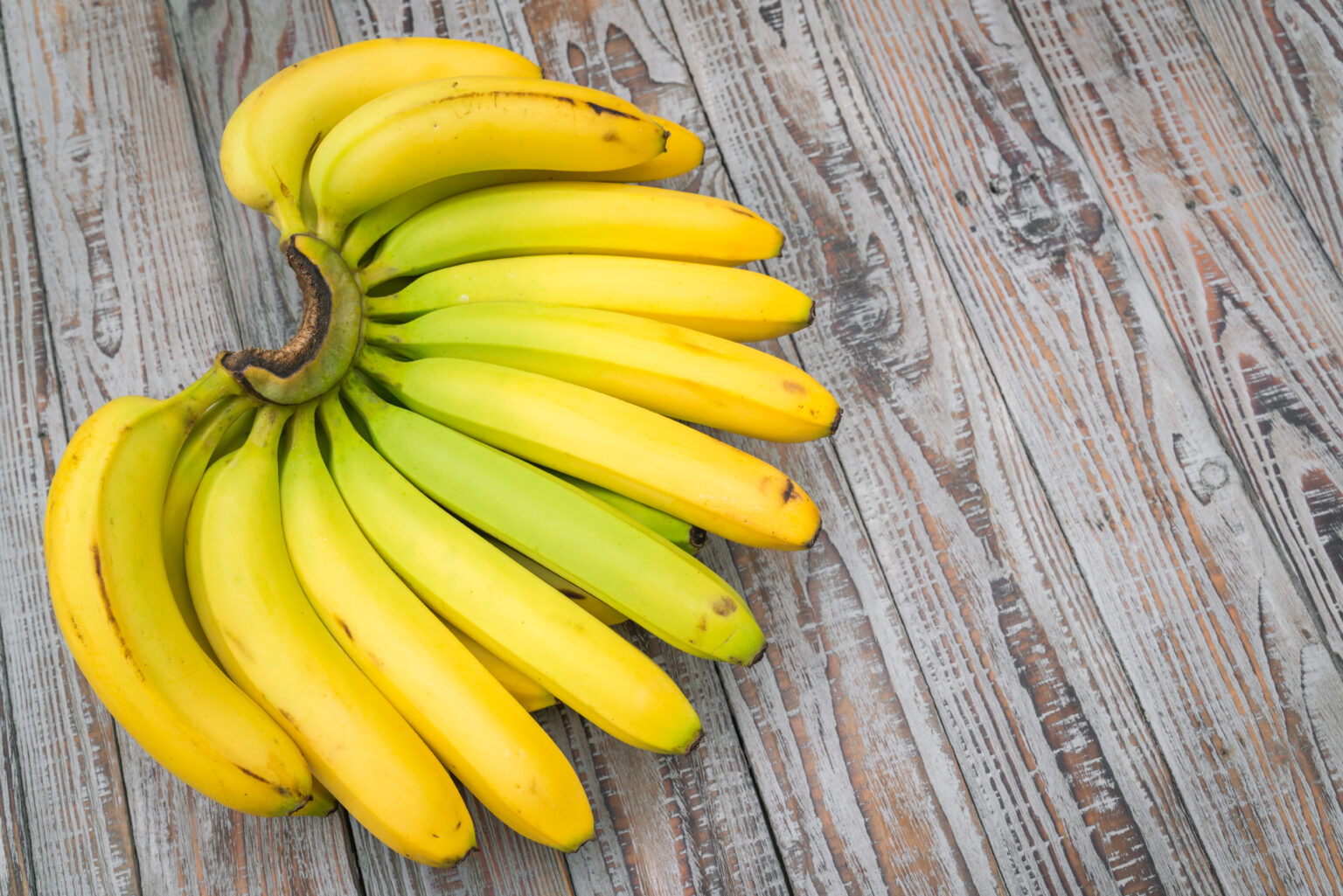Nestled in the heart of the Pacific, the Solomon Islands offer a vibrant culinary tapestry that reflects the country’s rich cultural heritage and abundant natural resources. With a cuisine deeply rooted in traditional practices and local ingredients, Solomon Islands’ food presents a unique and diverse gastronomic experience. In this article, we embark on a culinary exploration to uncover the top 10 most eaten foods in the Solomon Islands, showcasing the flavors and traditions that make this archipelago a true culinary gem.
- Fish: As an archipelagic nation, it comes as no surprise that fish plays a central role in the Solomon Islands’ cuisine. With an abundance of marine life, locals enjoy a variety of fish, including tuna, mahi-mahi, snapper, and trevally. Whether grilled, steamed, or prepared in a traditional earth oven called “umu,” fresh fish is a staple and a symbol of the country’s connection to the sea.
- Taro: Taro holds immense significance in Solomon Islands’ culinary traditions. This starchy root vegetable is a dietary staple and forms the basis of many traditional dishes. It is often boiled, roasted, or mashed and served alongside fish or meat. Taro leaves are also used in cooking, adding a distinctive flavor to soups and stews.
- Coconut: The versatile coconut is another key ingredient in Solomon Islands’ cuisine. From coconut milk and cream to grated coconut flesh, it adds a creamy and tropical essence to various dishes. Coconut is used in curries, stews, desserts, and even as a cooking medium for frying and sautéing.
- Sweet Potato: Sweet potatoes are widely cultivated in the Solomon Islands and are a popular source of carbohydrates. They are enjoyed in various forms, including boiled, roasted, or mashed. Sweet potato leaves are also cooked and eaten, adding nutritional value to meals.
- Cassava: Cassava, a root vegetable similar to yam, is an essential part of the Solomon Islands’ diet. It is used to make flour, which is then used in baking, making flatbreads, or preparing traditional dishes like “poi,” a pudding-like delicacy made from fermented cassava.
- Breadfruit: Breadfruit, with its starchy texture and mildly sweet flavor, is a versatile ingredient in Solomon Islands’ cuisine. It can be boiled, baked, or fried, and is often used as a substitute for rice or potatoes. Breadfruit chips, a popular snack, are thinly sliced and deep-fried until crispy.
- Sago: Sago, derived from the pith of the sago palm tree, is a traditional staple in the Solomon Islands. It is processed into flour or pearls and used in various dishes, such as porridge, pancakes, and puddings. Sago pearls are often cooked in coconut milk and served as a dessert.
- Green Vegetables: Leafy green vegetables, such as spinach, watercress, and amaranth, are commonly consumed in the Solomon Islands. They are used in stir-fries, soups, and curries, adding freshness and nutrition to meals.
- Poi: Poi, a fermented staple food, is a significant part of the Solomon Islands’ culinary heritage. It is made from mashed taro or cassava, mixed with water and left to ferment for a few days. Poi has a tangy flavor and is often eaten alongside fish or meat dishes.
- Fresh Fruit: The Solomon Islands boast a wide variety of tropical fruits, including bananas, papayas, pineapples, and mangoes. These fruits are enjoyed both on their own and in refreshing fruit salads or smoothies, providing a burst of natural sweetness.
The culinary landscape of the Solomon Islands offers a rich tapestry of flavors rooted in tradition and natural abundance. From fresh fish and taro to coconut-infused delights and unique staples like poi, Solomon Islands’ cuisine celebrates the country’s cultural heritage and the bounties of the Pacific Ocean. Exploring the top 10 most eaten foods in the Solomon Islands provides a glimpse into the vibrant and diverse flavors that captivate both locals and visitors alike. So, indulge in the culinary delights of the Solomon Islands and embark on a flavorful journey through this tropical paradise.








